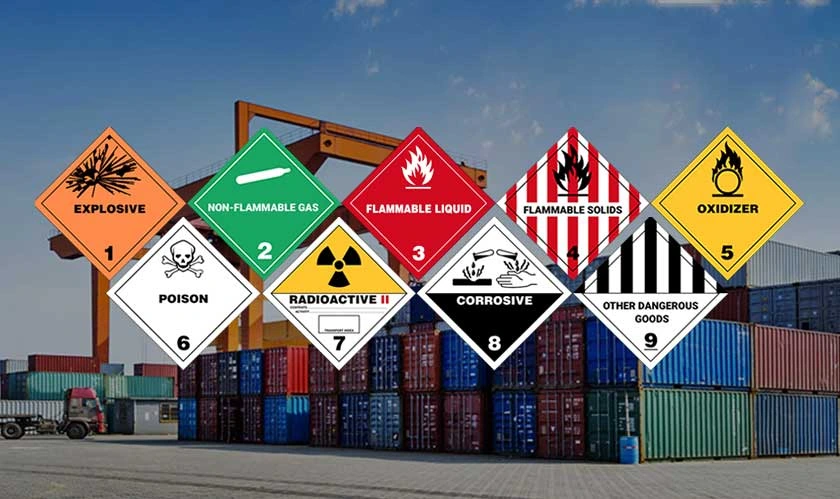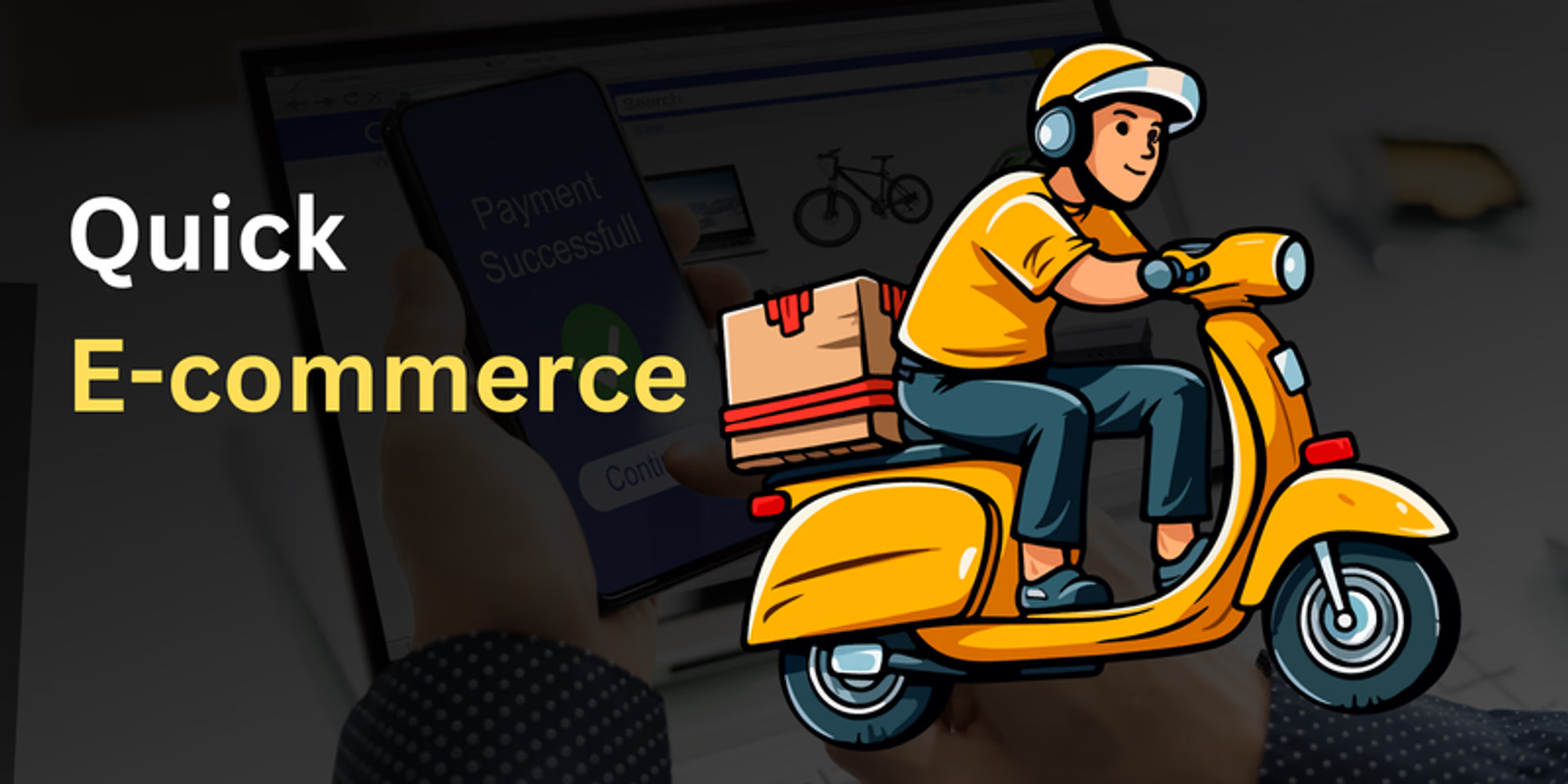How Much Does Cross-Border Fulfillment Really Cost?
Expanding into international markets is an exciting step for any e-commerce business. However, once you start receiving overseas orders, one of the biggest questions becomes: “How much does cross-border fulfillment really cost?”
At PostalParcel, we help brands streamline their international logistics and fulfillment operations every day. In this article, we’ll break down the real costs of cross-border fulfillment, explain what factors influence pricing, and show how you can better manage these expenses while delivering a smooth customer experience.

1. What Is Cross-Border Fulfillment?
Cross-border fulfillment refers to storing, packing, and shipping e-commerce orders to customers in different countries. It involves a combination of warehousing, customs clearance, international shipping, and last-mile delivery.
While the opportunity to sell globally can significantly grow your customer base, the logistics involved are more complex and typically more expensive than domestic fulfillment.
2. Core Cost Components of Cross-Border Fulfillment

A. Warehousing and Storage Fees
Just like domestic fulfillment, you’ll incur costs for storing your inventory. These fees may vary depending on:
- The region or country of the warehouse
- The amount of storage space used
- The duration of storage (long-term storage often costs more)
- Temperature or special handling requirements (e.g., fragile, hazardous goods)
PostalParcel partners with 3PL and 4PL warehouses worldwide to help e-commerce sellers optimize storage costs while maintaining efficient access to key markets.
B. Pick and Pack Fees
These are fees charged per order, based on selecting the product, packaging it, and preparing it for shipment. Pick and pack fees typically include:
- Base cost per order
- Additional cost per item
- Custom packaging, inserts, or gift wrapping (if requested)
While per-order fees are standard in fulfillment, they can increase if you require special handling or branded packaging for international shipments.
C. International Shipping Fees

This is one of the most expensive components of cross-border fulfillment and depends heavily on:
- Shipping destination
- Parcel size and weight
- Shipping speed (standard vs. express)
- Carrier selection (DHL, FedEx, UPS, etc.)
- Fuel surcharges and remote area delivery fees
Tip: Shipping from a fulfillment center closer to your customer base (e.g., using an EU-based warehouse for European customers) can dramatically reduce these costs.
D. Customs, Duties, and Taxes
Every cross-border shipment must go through customs clearance. This often comes with added costs such as:
- Import duties
- Value-added tax (VAT) or goods and services tax (GST)
- Customs brokerage fees
Depending on your fulfillment strategy, you (the seller) or your customer may be responsible for these charges. Offering DDP (Delivered Duty Paid) can enhance customer experience, but it increases your upfront cost.
E. Returns Handling

Managing international returns is often overlooked but can be costly. You need to consider:
- Return shipping costs
- Restocking and inspection fees
- Local return address vs. international return logistics
PostalParcel offers local return solutions in select regions to help reduce return-related costs and processing times.
3. Additional Hidden Costs to Consider
Cross-border fulfillment can also introduce indirect or hidden costs that affect your bottom line:
- Currency conversion fees from payment processors
- Platform cross-border selling fees (WooCommerce, Shopify, DTC, Kickstarter)
- Delayed cash flow due to longer shipping and returns windows
- Customer service overhead to handle time zone differences, delivery delays, or customs inquiries
These may not be line items on your fulfillment invoice, but they add and should be factored into your total cost analysis.
4. Sample Cost Breakdown (Example Scenario)
Let’s look at a typical example of shipping a single order from a U.S. warehouse to a customer in Germany:
| Cost Component | Estimated Cost |
|---|---|
| Storage (per unit/month) | $0.30 |
| Pick and Pack | $2.00 |
| Shipping (tracked) | $12.00 |
| Duties & Taxes (DDP) | $4.50 |
| Return Insurance | $1.00 |
| Total | $19.80 |
Note: Prices vary by product type, shipping carrier, and volume discounts. High-volume sellers may negotiate lower rates.
5. How PostalParcel Helps Reduce Fulfillment Costs

At PostalParcel, we specialize in flexible cross-border fulfillment solutions tailored to your e-commerce needs. Here’s how we help you save:
- Multi-warehouse network: Store inventory closer to your global customers to reduce shipping costs.
- Smart order routing: Automatically choose each order’s most cost-effective fulfillment center.
- Volume-based shipping discounts: Leverage our network’s bulk shipping rates.
- Transparent pricing: No surprise fees—just clear breakdowns to plan your margins.
- Returns optimization: Use regional return addresses to save time and money on international returns.
Whether you’re shipping to North America, Europe, Asia, or beyond, our 4PL service model ensures complete visibility and control of your cross-border logistics.
6. Conclusion: Know the Real Costs Before You Scale
Cross-border fulfillment opens the door to global growth but comes with added complexity and cost. Understanding each component—from storage and packing to shipping, taxes, and returns—allows you to plan, price your products properly, and protect your profit margins.
At PostalParcel, we help DTC brands and online retailers manage international logistics with clarity, speed, and cost-efficiency. Contact our team today if you’re ready to expand globally and want a smarter, scalable way to fulfill international orders.
Industry Insights
news via inbox
Nulla turp dis cursus. Integer liberos euismod pretium faucibua








